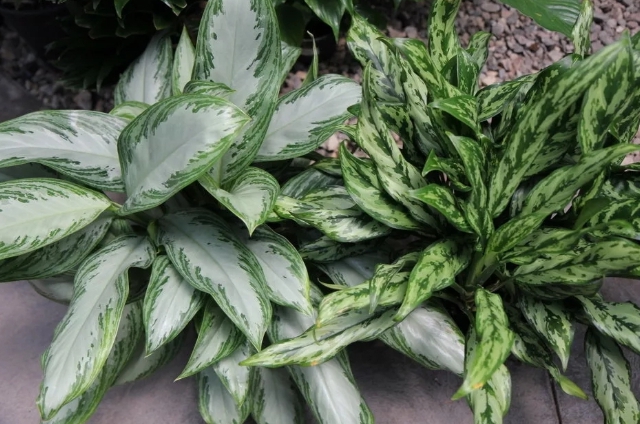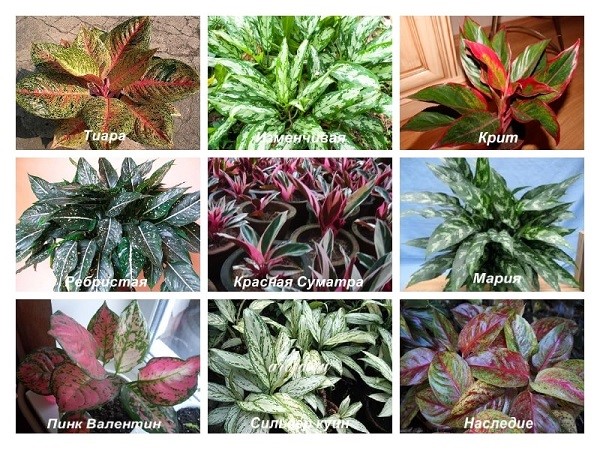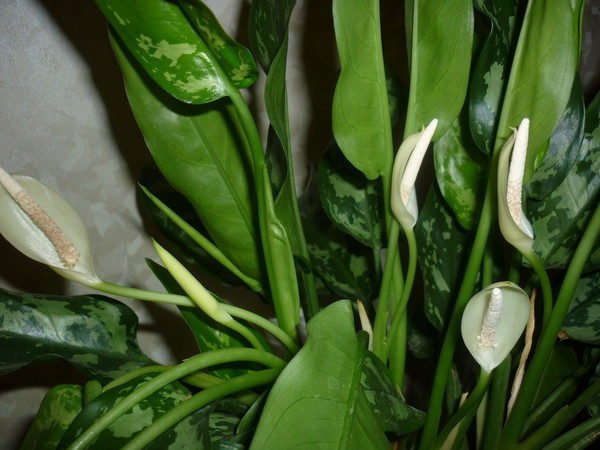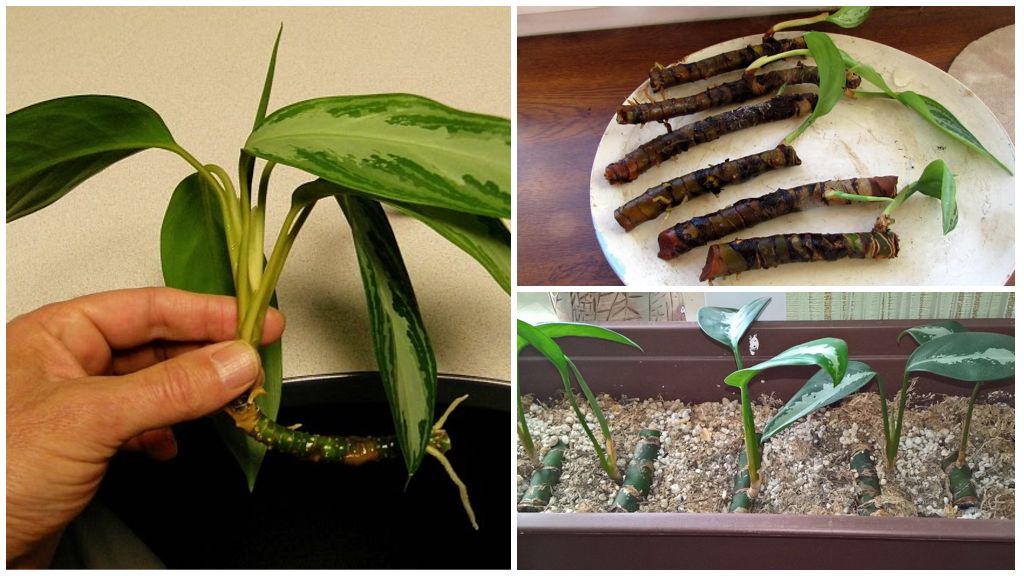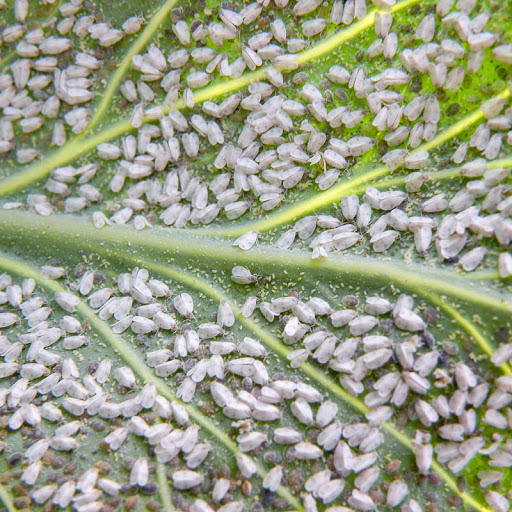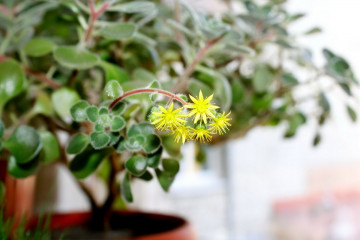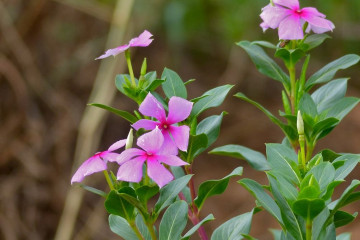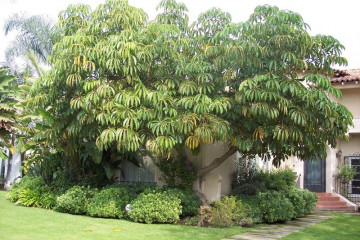Aglaonema flower - home care
Content:
The bright and colorful beauty of Aglaonema combines the beauty of monstera and croton. The foliage was decorated by nature itself, and the warm tropics of India gave splendor and splendor. She also has character, with the wrong care she quickly loses her attractiveness.
What does aglaonema look like, which family does it belong to
All the tropics of Southeast Asia are home to the plant. There it grows in the lower tiers of forests or along the banks of rivers and reservoirs. It is the closest relative of monstera, dieffenbachia and zamioculcas, which also belong to the Aroid family.
Erect stems of this flower are shortened or branch immediately from the base. Leaves are dense, leathery, with short petioles. A depressed vein runs in the center. The color of the foliage is in spots and splashes of bright yellow, red, pink, orange flowers. The inflorescence looks like an ear.
Common varieties
The genus of plants has about 50 varieties. Colorful representatives of this genus:
- Changeable or changeable aglaonema. A tall shrub, in the wild it grows one and a half meters, both in height and width. The leaves change their hue depending on the light and humidity. Color - light green with dark green transverse stripes and border.
- Ribbed. A short and lush shrub. The oval-shaped foliage is colored deep dark green. Bright yellow splashes and strokes radiate from the center of the leaf.
- Maria Christina. Artificially bred variety. A compact bush, very lush and voluminous. The color of the foliage is light green, more whitish. The central vein, border and longitudinal striae are colored contrasting dark green.
- Cutlass. Representative unusual in the way of growth. Its long and narrow leaves form a dense rosette at the very base of the stem.
- The humble aglaonema, or moderate, got its name from its color. Its leaves are plain, green. She is the most unpretentious among her sisters. Doesn't require a lot of light to grow.
Healing properties
The houseplant aglaonema is considered an excellent indoor air filter. It absorbs chemical compounds harmful to humans, released by plastic and its derivatives (benzene, taulol). Around the flower, the air is saturated with aerons, that is, it is ionized. This air will help get rid of fatigue and depression.
Briefly about the history of appearance
Wide distribution and colorfulness did not disregard the plant without the attention of botanists. It was first described in 1704. The flower was named Dracunculus. In 1829, the plant was renamed aglaonema. The literal translation of the name is "bright thread".
Features of caring for a plant at home
Rainforests provide unique growing conditions for greenery: warmth, high humidity, light soil and abundant sunlight.It is rather difficult to repeat them in the conditions of apartments. Therefore, when leaving at home, the aglaonema flower is much smaller, and with a lack of light, its bright pattern becomes blurry and dull.
Temperature
The growth rate and the size of the leaves depend on the temperature. The usual temperature of apartments for aglaonema is comfortable enough - 18-25 ° C. It is important to protect tropical exotic from:
- drafts;
- temperature drops;
- cold windowsills and glass.
When transporting plants, especially in winter, it is important to carefully cover it so that the flower does not feel a sharp change from heat to cold and vice versa.
Lighting
Bright and colorful varieties need abundant lighting. But the south window for aglaonema will do harm. Direct sunlight for variegated leaves is permissible only in the morning and evening hours.
Green species feel quite comfortable at the back of the room.
Watering
The humidification mode is built depending on the conditions of the flower and the season:
- At low temperatures, the plant should be watered rarely. The same applies to the lack of light. Water will not intensively evaporate from the surface of greenery and soil, and its excess can cause rotting of the root system.
- High temperatures and abundant lighting require more frequent humidification.
In the summer, you need to water the culture when the soil in the pot is dry by a third. And in winter, this should be done less often, when the soil is already half dry.
Spraying
In summer, spraying increases air humidity and removes dust from leaves. If the temperature of the flower is below 20 ° C, it cannot be sprayed.
Humidity
The plant is excellent at high levels of air humidity, the color of the foliage becomes more saturated, and growth is accelerated. Dry air can dull greens.
Priming
For healthy growth, the correct composition of soil for aglaonema is essential. The soil should be light, loose and perfectly permeable to both water and air. The basis for the soil mixture is sod and leafy soil. It is also important to add peat, sand, charcoal to its composition. Porosity will add vermiculite and coconut fiber.
Top dressing
As a complementary food, it is best to alternate organics and minerals.
Features of care in winter, dormant period
The flower stops growing from September to March. This sleep pattern allows the plant to accumulate energy for the growing season in early spring. When the beautiful Aglaonema sleeps, home care for her is as follows:
- Lighting without direct sunlight. Heavy shading during winter can lead to stretching of foliage. Therefore, it is important to place the pot in a sufficiently bright place.
- The temperature for sleeping is not higher than 16-18 ° C.
- Watering is adjusted as the soil in the pot dries.
- Complementary feeding and spraying are canceled.
If it is not possible to reduce the temperature of the content for the period of sleep, then the flower must be provided with additional illumination with an artificial lamp. Without this, new leaves will appear thin and elongated.
When and how it blooms
Not every owner has seen how aglaonema blooms. Only an adult plant is capable of throwing out the buds, and only if it is comfortable to grow in the conditions created for it.
Types of flowers
The flower is characteristic of the Aroid family - it is a cob with a yellow-green veil. The size of the ears depends on the type and size of the flower stems.
Flower shapes
The shape of the ear depends on the type of aglaonema.It can be clavate, cylindrical, or thin and elongated.
Flowering period
The flowering period is long - from February to November. The plant can emit several ears at once at the ends of its stalks.
Changes in care during flowering
Intense and prolonged flowering can stop the green growth of the bush. In this case, flower growers take the following measures:
- increase lighting;
- complementary foods are introduced, where nitrogen predominates;
- change the topsoil to a more nutritious one.
Since flowering is not particularly decorative, the buds are often simply cut off along with the peduncle: so the exotic will not waste energy on the formation of fruits and seeds.
Pruning
Most often, sanitary pruning is used. After a dormant period, some of the old leaves of the bushy plant will shed. To speed up this process, all yellowing and damaged leaves are removed.
How aglaonema multiplies
Reproduction takes a very long time, as the beauty takes root reluctantly. Propagate especially for a long time by cuttings and seed. But dividing a bush is an effective and quick way.
Germinating seeds
The seeds are sown in a mixture of sand and peat. Before planting, the soil is spilled with hot water so that the soil temperature is at the level of 30-35 ° C. The container with seeds is covered with glass and placed in heat. The pot is ventilated twice a day. They moisten the culture as the soil dries out, otherwise the young shoots quickly rot. When the first leaves appear, the pots are exposed to light, shielding them from direct sunlight. You need to take care of young flowers with special care.
Rooting cuttings
It is convenient to root by cuttings those types of plants in which the trunk and the shoots extending from it are expressed. Leaf propagation for aglaonema will end in failure: you need to take exactly the stalk. The top or side cuttings are cut off and placed immediately in the nutrient soil. The main thing in order to root the cutting is constant warmth and moderate moisture.
Dividing the bush
It is convenient to propagate a bush when it starts up next to the main basal processes, which eventually become children with an independent root system. It is convenient to place such children in separate pots during transplantation.
When dividing an entire bush, it is important to do so with minimal root damage. Detachable shoots should have 3-4 leaves.
Transfer
A young flower needs a change of soil every year. But already an adult exotic does not grow so intensively, therefore, a transplant is necessary for it once every 2-3 years.
The pot for the aglaonema needs a close one, otherwise it will grow its roots to the detriment of the green mass. A good drainage layer is needed to allow air to pass through.
Possible growing problems and diseases
The exotic beauty reacts sharply to changing conditions of detention. This applies to all aspects: lighting, watering, temperature. Aglaonema will tolerate the lack of these growth factors, but the excess will cause death.
Leaves lose their turgor, wither
There are two reasons for such a flower reaction: hypothermia of an earthen coma, or decay of plant roots. In the first case, you need to water and spray the flower with warm water (only if watering is required). It is important to eliminate the source of hypothermia.
In the second case, you should inspect the roots and remove the damaged parts. If there is rot, the roots should be cut off, rinsed, and the flower should be transplanted into new soil.
Foliage color is lost
A variegated or spotted color becomes blurry, and over time it is completely lost and thinned.
The bright color of the foliage is supported by nitrogen fertilizers and organic matter.
Brown spots on the leaves
If the spots are damp, this is a sign of over-watering and stagnant potting moisture.In watering, you should take a break and monitor the behavior of the flower in the future. If the spots continue to appear and the leaves begin to curl, an urgent transplant is needed.
If brown spots have spread over the stems, this is a fungal infection. Most often, such a flower can no longer be saved.
When a brown border appears on the leaves, and the leaf plate begins to wrinkle, the air is too dry. The pot should be removed away from heating devices and the humidity should be increased by spraying.
The lower leaves fall
The yellowing and dropping of the lower foliage is a natural process for the flower. Usually leaves on aglaonema turn yellow at the beginning or end of the dormant period.
Pests
Pests that can settle on aglaonema are aphids, ticks, whitefly, mealybug. It is necessary to carry out several treatments with special agents for the treatment of parasites. Since the bushes are often thickened, it is required to periodically carefully examine the plant for the presence of pests and maintain proper care.
Aglaonema flower is beautiful, caring for it at home requires restraint and moderation. Fulfilling just a few of its main requirements, you can settle this beautiful phyto-friend in your house for a long time.
